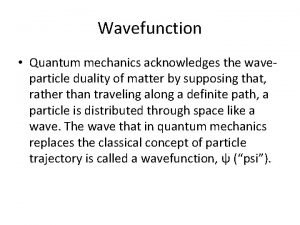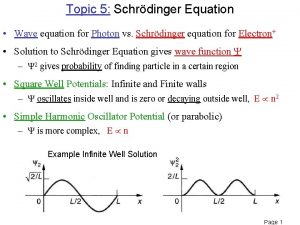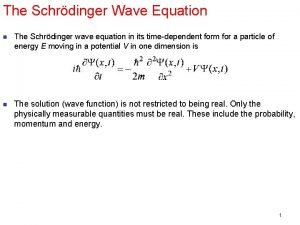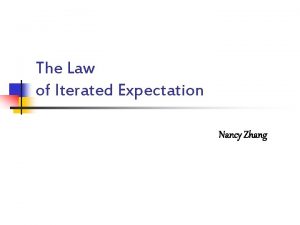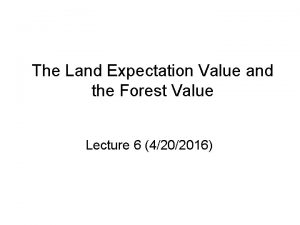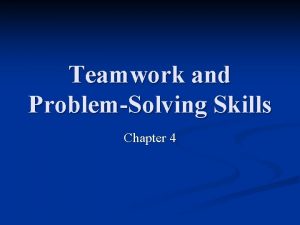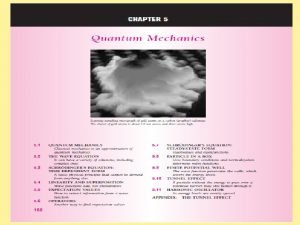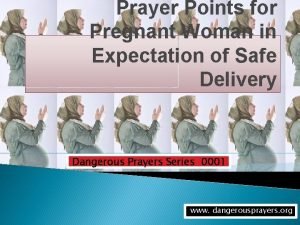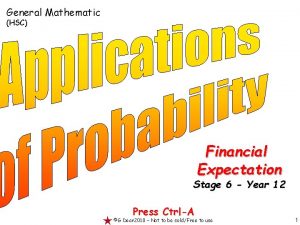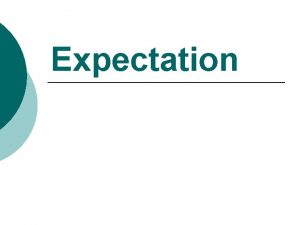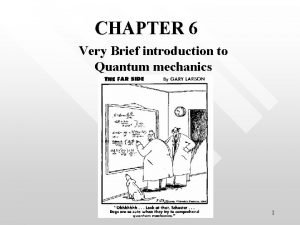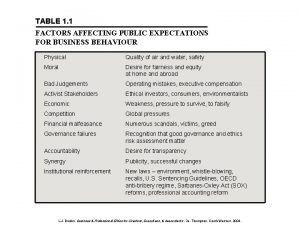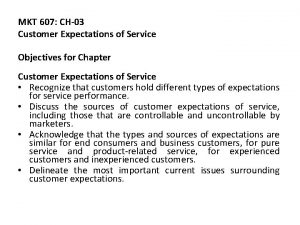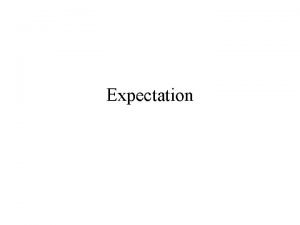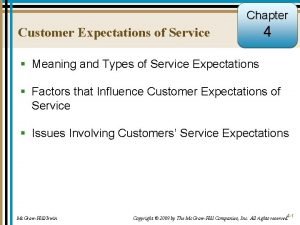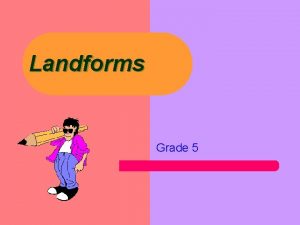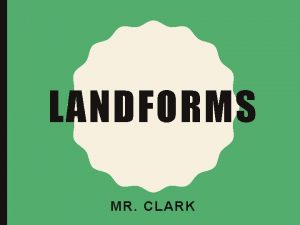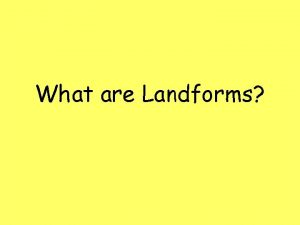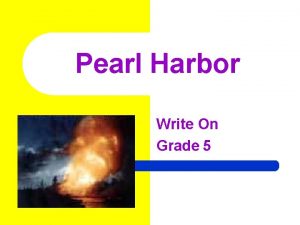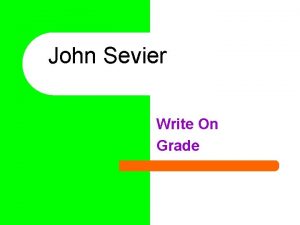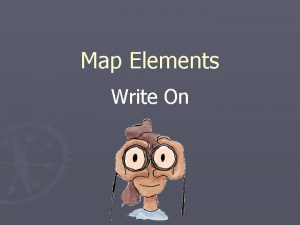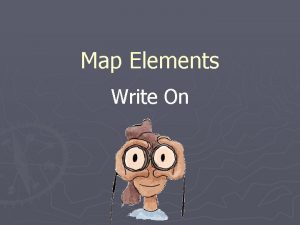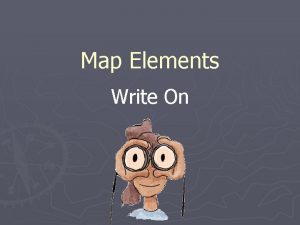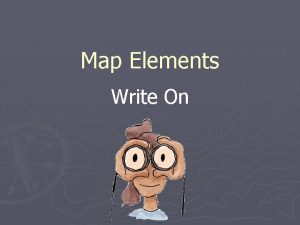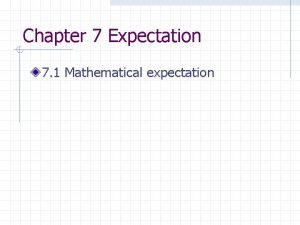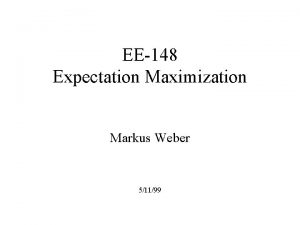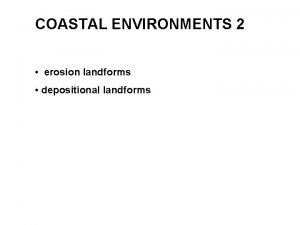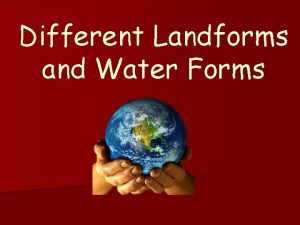Landforms Write On Grade 6 Learner Expectation l





















- Slides: 21

Landforms Write On Grade 6

Learner Expectation l l l Content Standard: 3. 0 Geography enables the students to see, understand appreciate the web of relationships between people, places, and environments. Students will use the knowledge, skills, and understanding of concepts within the six essential elements of geography: world in spatial terms, places and regions, physical systems, human systems, environment and society, and the uses of geography. Learning Expectations: Understand how to use maps, globes, and other geographic representations, tools, and technologies to acquire, process and report information from a spatial perspective. Demonstrate how to identify and locate major physical and political features on globes and maps.

IN THIS ACTIVITY YOU WILL: Learn about the different types of landforms. l Create landforms map. l Write a paragraph describing a landform of their choice from the landform vocabulary. l

LANDFORMS AND BODIES OF WATER Landforms and water features are the kinds of land water a place has. Landforms and water features include mountains, deserts, plains, islands, rainforest, oceans, seas, gulfs, rivers, peninsulas, etc.

OCEAN l l A major body of saltwater. Over 70% of the earth’s surface is covered by one enormous ocean. This has been divided into several sections, including the Atlantic Ocean, between Europe-Africa and North-and-South America; and the Pacific Ocean, between North-and-South America and Asia.

SEA l l A sea is a large body of saltwater, but seas are smaller than oceans. The Mediterranean Sea is between southern Europe and northern Africa. The Caribbean Sea surrounds the islands between eastern North and South America.

GULF l l Think of a gulf a large curve of land that holds the sea or ocean. The Gulf of Mexico is the large curve made by Florida, Texas, and Mexico that seems to hold the Caribbean Sea.

RIVER l l A long, thin stream of fresh water. Rivers always run downhill. Small rivers flow into bigger rivers. All rivers eventually reach the sea. Downhill! The Amazon River flows across South America to the Atlantic Ocean.

CANAL l l People dig canals to connect two bodies of water. Canals are narrow water passages for ships. They are not natural landforms; they are planned and dug to make shipping easier. The Panama Canal connects the Atlantic and Pacific Oceans in the skinny strip of land between North and South America.

LAKE l l l A round-ish body of water that doesn’t flow anywhere. A river can flow out of a lake, but the lake stays the same. Lakes are filled by underground springs, or by melting snow from the mountains surrounding them. Lake Ladoga located in Russia, is the largest lake in Europe.

CHANNEL l l A narrow body of water between two lands. The English Channel flows between England France. It is only 20 miles wide in some places.

MOUNTAINS l l l Mountains are a mass of rock with steep sides that rise sharply from the land Mountains can be tall and sharply pointed like the Andes Mountains can be lower and more rounded like the Appalachian Mountains.

PLAINS l l l The area of flat land along a sea or ocean is a coastal plain. Plains are flat sometimes grassy lands that stretch for miles and can be good habitats for animals like zebras, lions, and elephants, giraffes. Plains are often good for farming. The European Plain stretches 2000 miles from France through Russia.

DESERTS l A desert is dry land with few plants and little water.

FOREST l l A large area of land covered by tall trees. Russia and Canada are covered by huge forests. Cutting down trees to make paper is a big industry.

RAIN FOREST l l A hot, humid, thick forest that receives over 70 inches of rain a year. The Amazon Rainforest in South America is so dense that you can’t walk in it.

PENINSULAS l l A peninsula is a piece of land that has water on ONLY THREE sides and attached to another piece of land. A good example of a peninsula is Italy. It is located in the Mediterranean Sea that is shaped like a boot. .

ISLANDS l l An island is a piece of land that has water on all sides. Australia is an island.

Sources Jefferson County Website l Harcourt Horizons: People and Communities volume 1 l Florida Picture: http: //fcit. usf. edu/florida/maps/clipart/col orpic/48. htm l

REVIEW OF LANDFORMS l l l l OCEAN: a major body of saltwater SEA: a large body of salt water, but smaller than an ocean. GULF: a large curve of land that holds the sea or ocean. RIVER: a long, thin stream of fresh water. CANAL: narrow water passages that connects two bodies of water. LAKE: a round-ish body of water that doesn’t flow anywhere CHANNEL: A narrow body of water between two lands. l l l l MOUNTAIN: a mass of rock with steep sides that rises sharply from the land PLAIN: a large area of flat, grassy land. DESERT: an area of land with very little rainfall, or precipitation. FOREST: a large area of land covered by tall trees. RAINFOREST: A hot, humid, thick forest that receives over 70 inches of rain a year. PENINSULA: land with water on 3 sides ISLANDS: land surrounded by water

Writing Activity l Students will choose their favorite landform to write a 4 -5 sentences defining and describing its impact or use in the environment to share in class.
 Lazy vs eager
Lazy vs eager Expectation for webinar
Expectation for webinar Borns interpretation of wave function
Borns interpretation of wave function Expectation value of energy in quantum mechanics
Expectation value of energy in quantum mechanics Incident wave equation
Incident wave equation Expectation value of energy in quantum mechanics
Expectation value of energy in quantum mechanics Law of iterated expectation
Law of iterated expectation Expectation value
Expectation value The process of making an expectation a reality is
The process of making an expectation a reality is Quantum wave equation
Quantum wave equation Expectation prayer points
Expectation prayer points Normalized ket
Normalized ket What is an example of dramatic irony in the tell-tale heart
What is an example of dramatic irony in the tell-tale heart Financial expectation
Financial expectation Expectation value
Expectation value Sle service level
Sle service level Dual customer expectation levels
Dual customer expectation levels Expectation value in quantum mechanics
Expectation value in quantum mechanics Public expectations
Public expectations Dual customer expectation levels
Dual customer expectation levels Moments of random variable
Moments of random variable ç
ç


